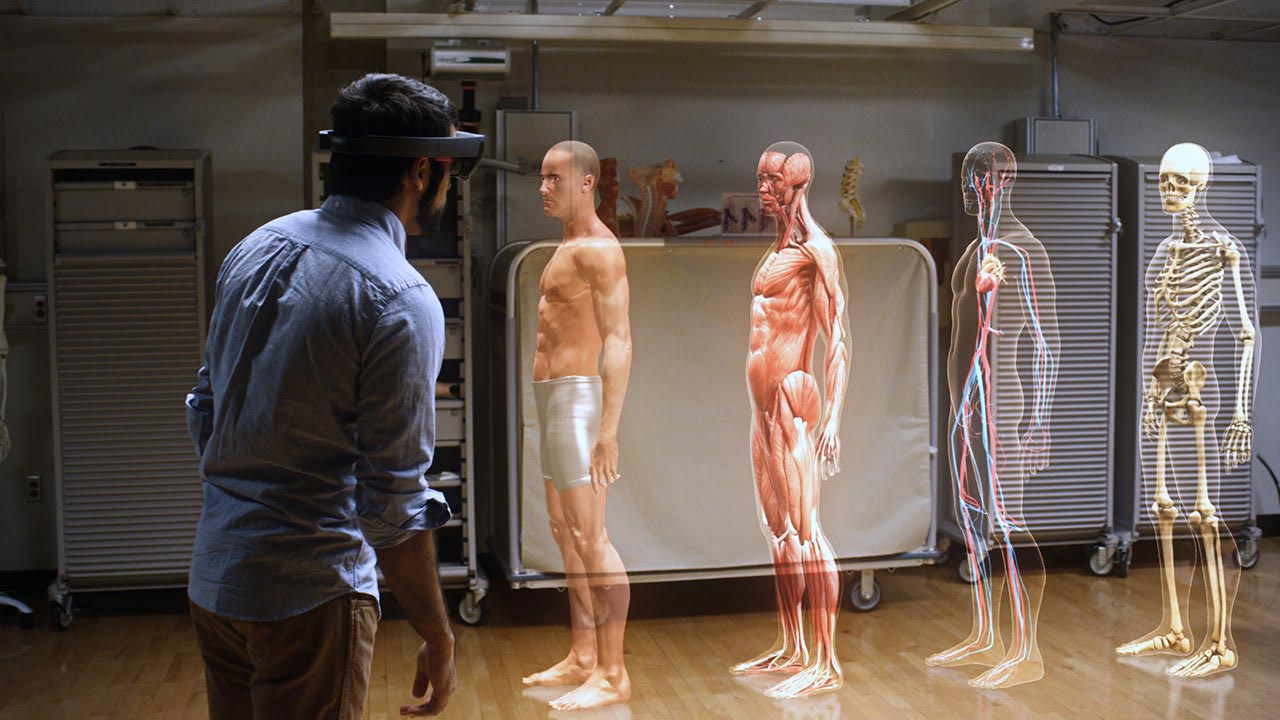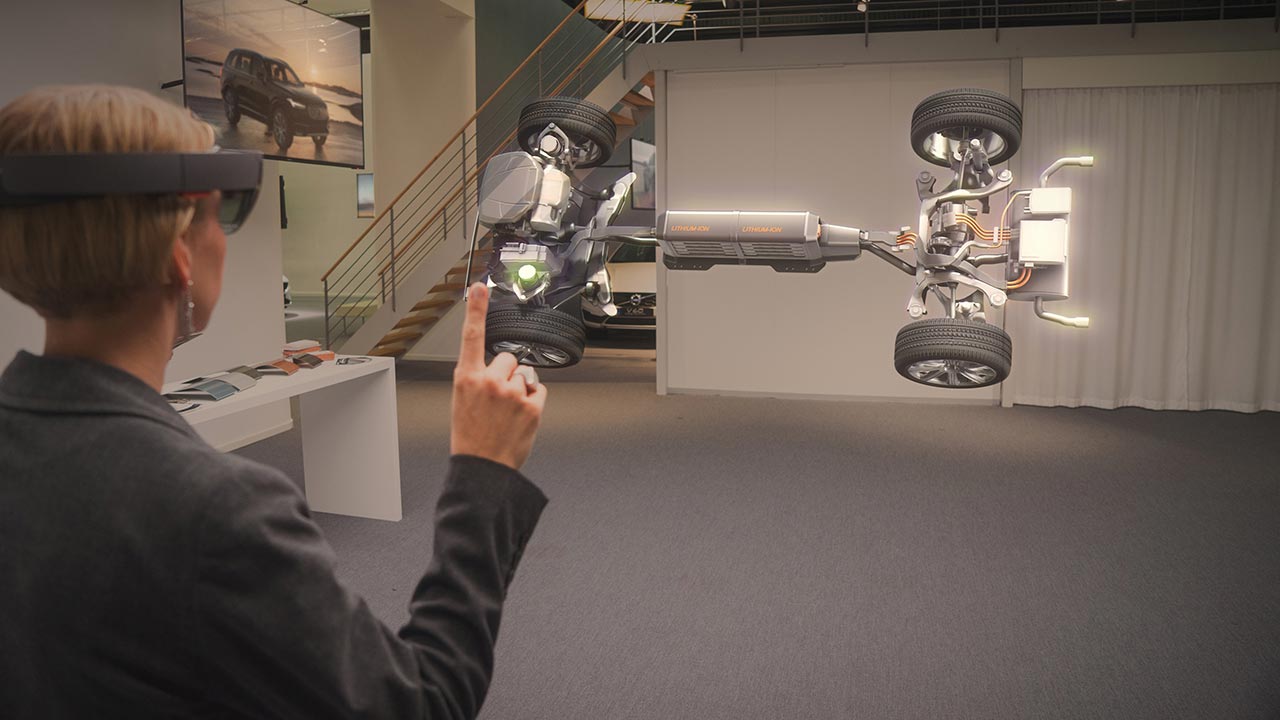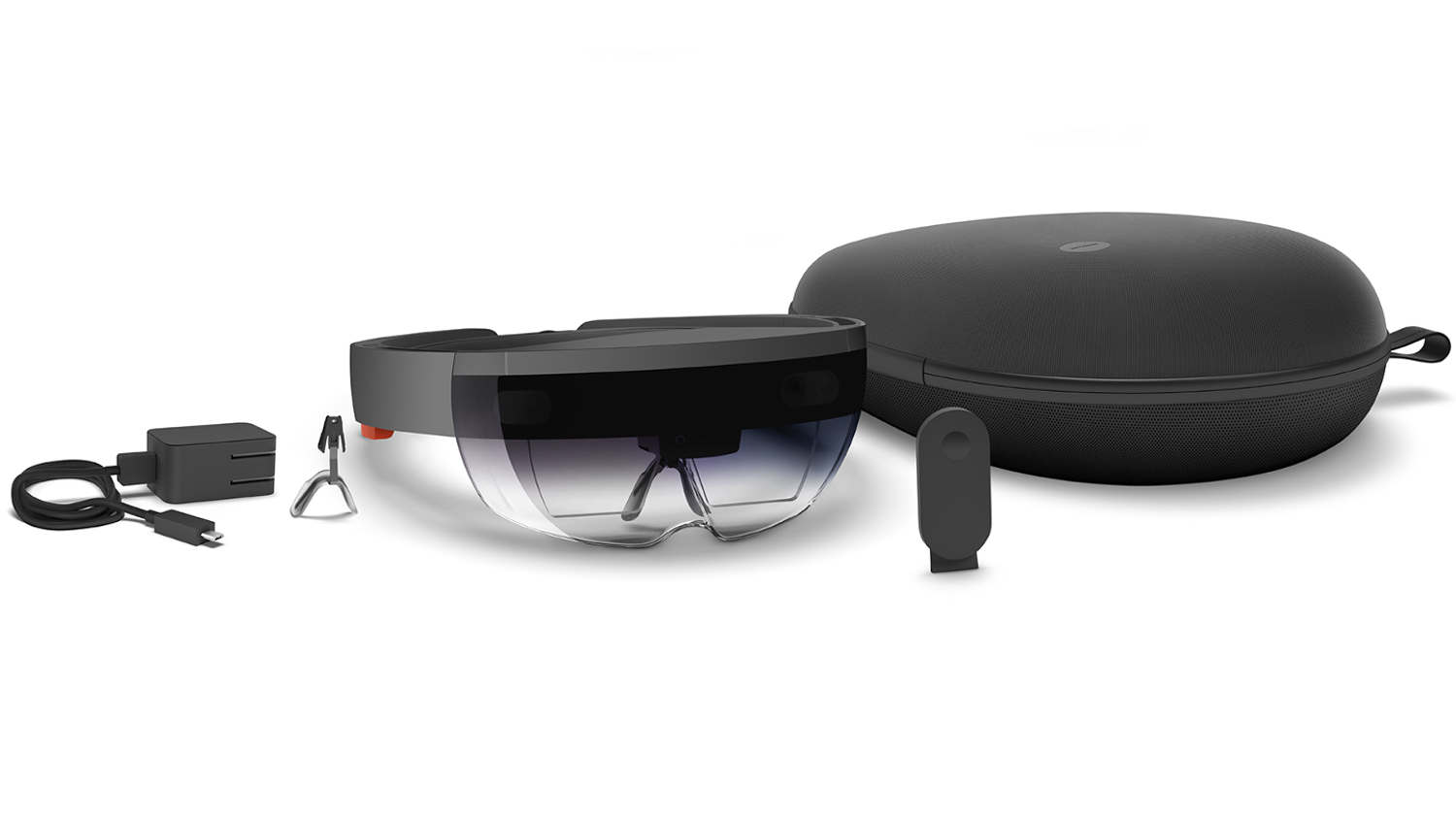
The availability announcement arrives as a surprise just one day after HTC opened pre-orders for the Vive. Unlike HTC and Oculus, Microsoft didn’t leak its pre-order availability date early.
Also unlike Oculus, and to a lesser extent HTC, Microsoft says it will be a bit picky about who receives units. This does not appear to be a first-come, first-served situation. The company wants to make sure the development kit gets into the hands of serious developers, and will be giving priority to established outfits.
That makes sense, given the price. At $3,000, the HoloLens is taking a different approach than the Rift, which priced its early kits affordably due to its crowd-funded nature and (somewhat) open approach to development. In a way, early Rift development kits were more like preview editions. The first HoloLens, on the other hand, is very much meant to be a learning tool for companies interested in coding software for it.
The HoloLens itself hasn’t changed a great deal from the versions we’ve recently used. It wraps around the user’s head like a halo, can operate wirelessly, and projects an augmented reality interface within a limited area of the user’s forward view. The HoloLens is packed full of sensors including a two-megapixel video camera, four “environment understanding” cameras, one depth-of-field camera, four microphones, an ambient light sensor, and a “mixed reality capture” system that will let users share holographic recordings with others. Data captured from these sensors is processed by what Microsoft calls a Holographic Processing Unit – a 32-bit Intel chip designed specifically to deal with these numerous inputs.
There are, however, a few specifications that are new, or official for the first time. Battery life is the most important. Microsoft says the HoloLens Development Edition can withstand two to three hours of active use, or last up to two weeks on standby. It is also functional when charging, giving users the option to use the HoloLens in a wired mode. The weight has been quoted at 579 grams, or 1.27 pounds. That makes it a bit heavier than the Oculus Rift, which has not had its final weight official confirmed, but has been quoted as “less than 380 grams.”
Users will need a Windows 10 PC that can run Visual Studio 2015 and Unity 5.4 to use the HoloLens.
Aside from the HoloLens itself, developers will also receive a carrying case, a charger, nose pads, overhead strap, a microfiber cloth (to clean the lens) and the “clicker,” a small Bluetooth device that can be used to click on interface elements, as you would a mouse.
In addition to the hardware itself, Microsoft has announced a number of free holographic experiences the company hopes will guide developers looking to develop for the HoloLens. These include HoloStudio, a 3D modeling tool that works at real-world scale; HoloTour, a 360-degree panoramic experience that will let users visit far-off locales like Rome and Machu Picchu; and Actiongram, a mixed-reality video-capture utility.
There’s also a trio of games. RoboRaid (previously called Project X-Ray) is an augmented-reality action game that uses the player’s environment as a backdrop. Fragments is a mixed-reality mystery game that can turn your living room into a crime scene. And Young Conker – yes, that Conker – is an augmented-reality platformer. Yep, you read that right.
Oh, and there’s Skype.
All of the titles will be available through the Windows 10 Store.
If you’re interested, you can head over to Microsoft’s sign-up website to apply for your development kit. This site has been live for a couple months, though previously there was no information about when the HoloLens might be available. Of course, the term “apply” rather than “order” remains notable.






